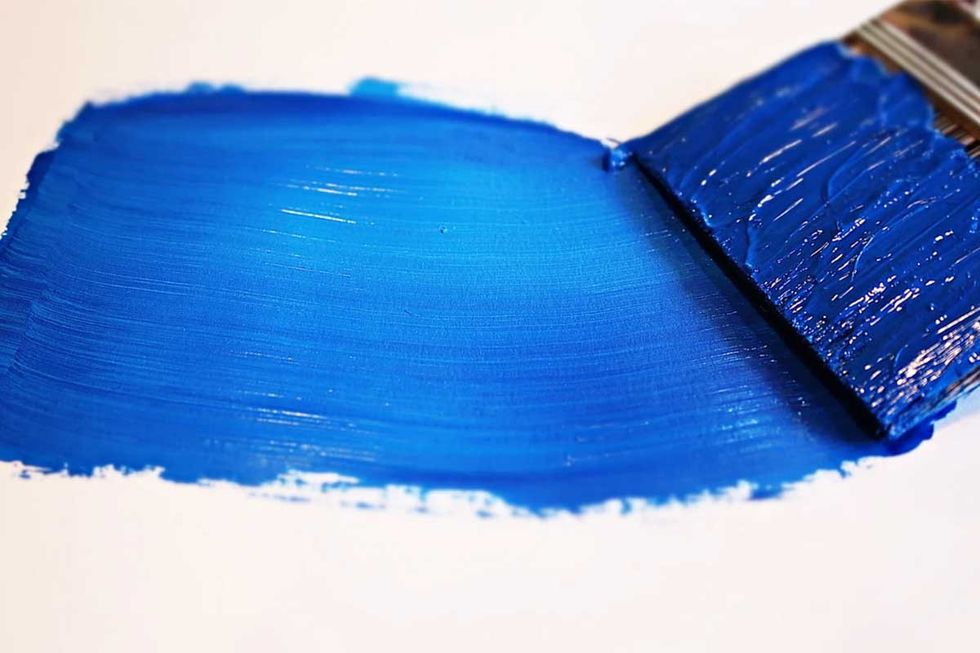Ancient civilizations had no word for the color blue. It was the last color to appear in many languages, including Greek, Chinese, Japanese, and Hebrew. In The Odyssey, Homer describes the “wine-dark” sea. According to one linguist, every culture begins with words for dark and light. The next color described is red, then yellow and green, and finally blue.
Does this mean, as this video by Tech Insider asks, that you really can’t “see something if you don’t have a word for it”?
That may be the case. The Himba tribe in Namibia has no word for blue.

In an experiment, psychologist Jules Davidoff studied the Himba and concluded that without a word for a color, it is more difficult to differentiate that color from others. So even though our eyes could perceive the color blue, “we may not have noticed it was unique until much later.”
This article originally appeared last year.

















 Lindsey Stirling meet & greet appearance at the Winter NAMM Show in Anaheim, California in 2018
Lindsey Stirling meet & greet appearance at the Winter NAMM Show in Anaheim, California in 2018
 A double-decker bus and an English phone boothCanva
A double-decker bus and an English phone boothCanva
 Woman celebrating with hashtag #winning via
Woman celebrating with hashtag #winning via 
 Several people scratching off lotto ticketsCanva
Several people scratching off lotto ticketsCanva A woman fans out a bunch of cash
A woman fans out a bunch of cash
 A hand holds multiple lottery ticketsCanva
A hand holds multiple lottery ticketsCanva Hundred dollar bills spread outCanva
Hundred dollar bills spread outCanva
 A woman looks at post-it notes while thinking Canva
A woman looks at post-it notes while thinking Canva Two women on a couch are having a conversationCanva
Two women on a couch are having a conversationCanva A father and son sit on a porch talking Canva
A father and son sit on a porch talking Canva A woman paints on a canvasCanva
A woman paints on a canvasCanva A student high-fives with his teacherCanva
A student high-fives with his teacherCanva
 A subterranean waterfallCanva
A subterranean waterfallCanva